Bodnant Gardens
My 3-night stay at Craflwyn Hall ended this morning.
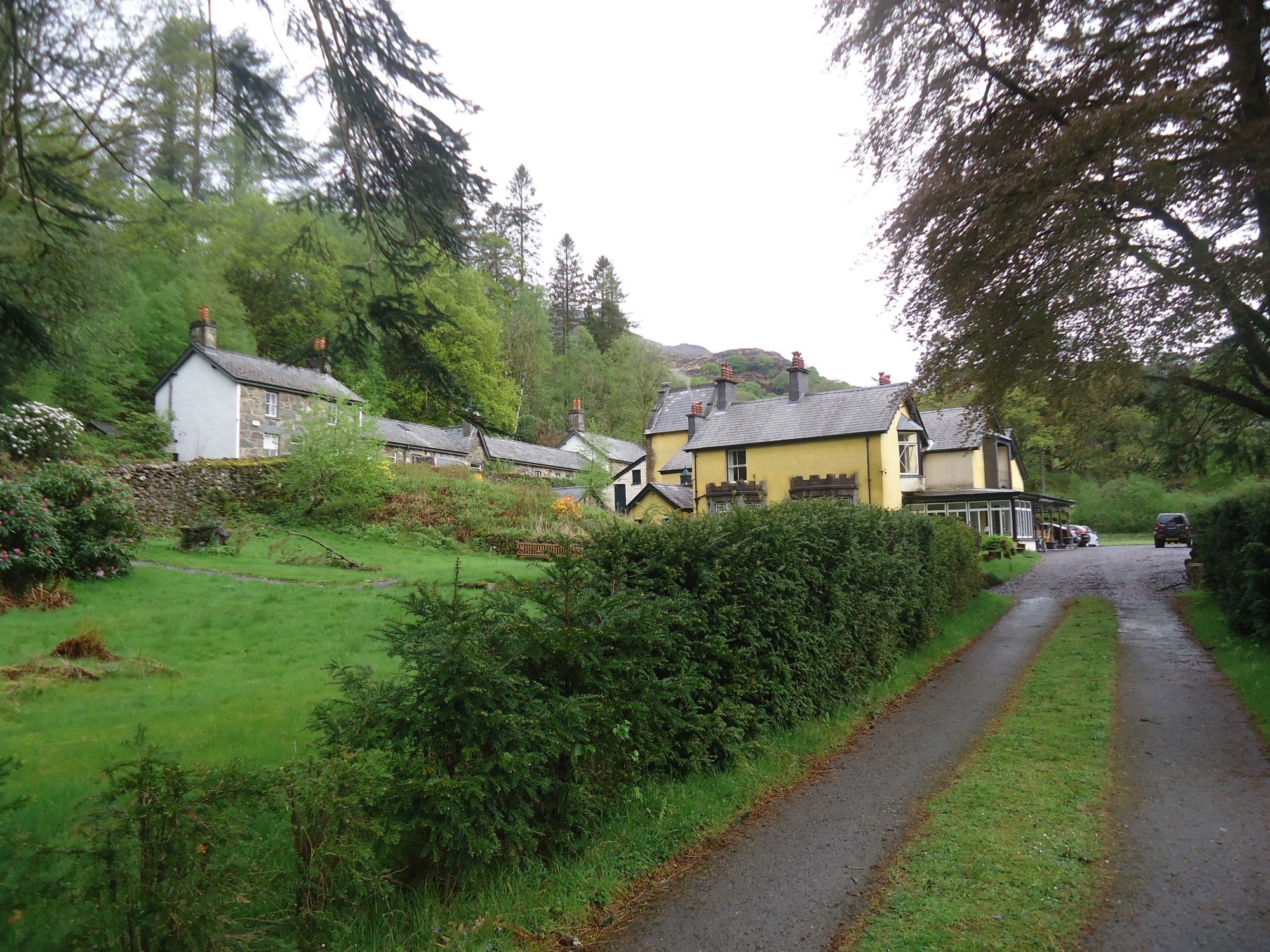
I had signed on for two days of hiking with HF Holidays. I was very impressed with the leader, the accommodation, the food, and the choice of hikes each day. Today I’m doing my own thing and tomorrow I’ve signed on to join HF Holidays for a day hike. My group of pensioners from Yorkshire and the Peak District are away today, when another group arrives from Caerphilly in south Wales. I'll walk with this group tomorrow. I started the day with a wee look at Beddgelert then drove to Betwys-y-Coed on the way to my first National Trust property. It was a scenic drive...
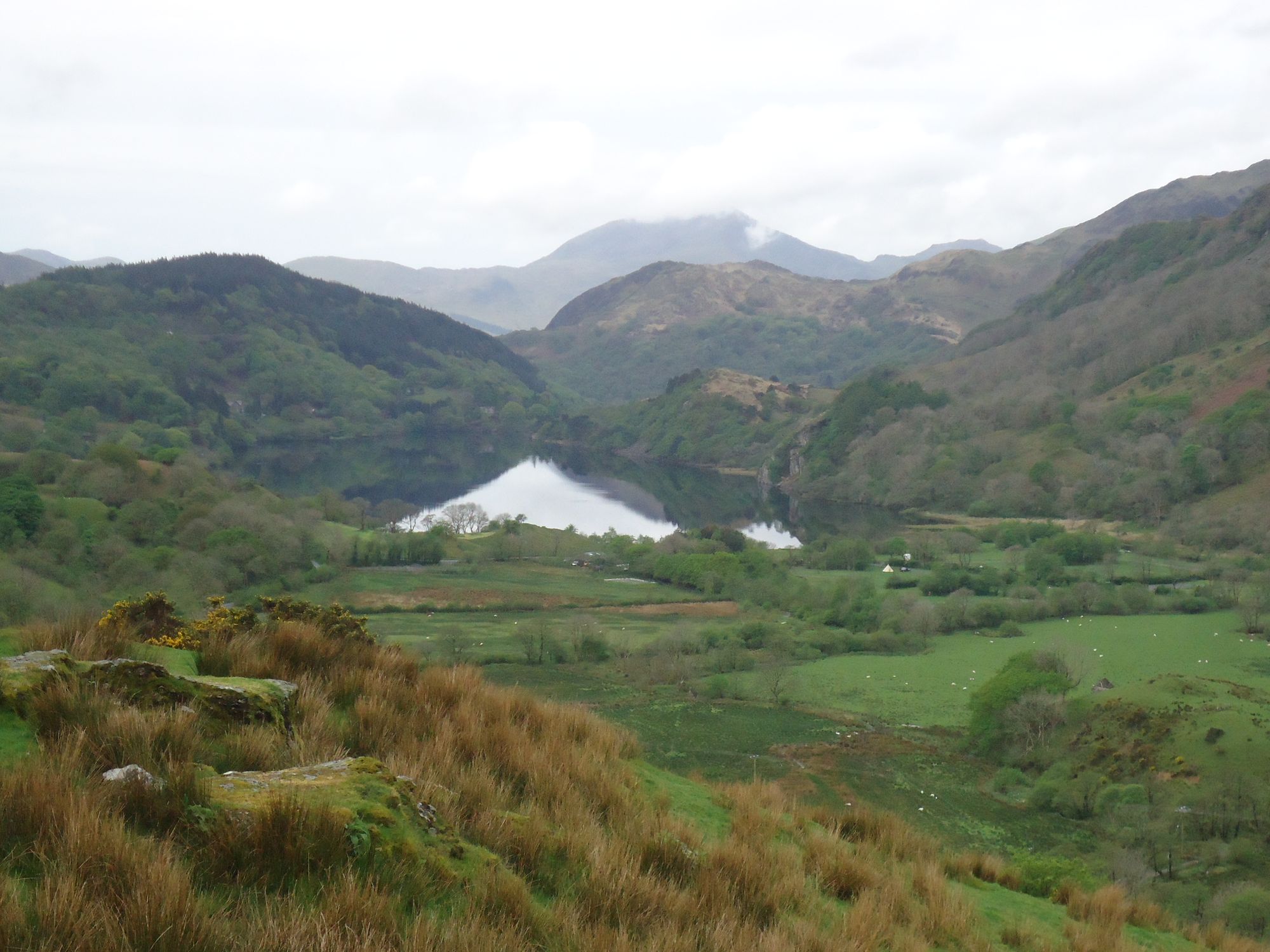
Here's an old road sign carved in slate:
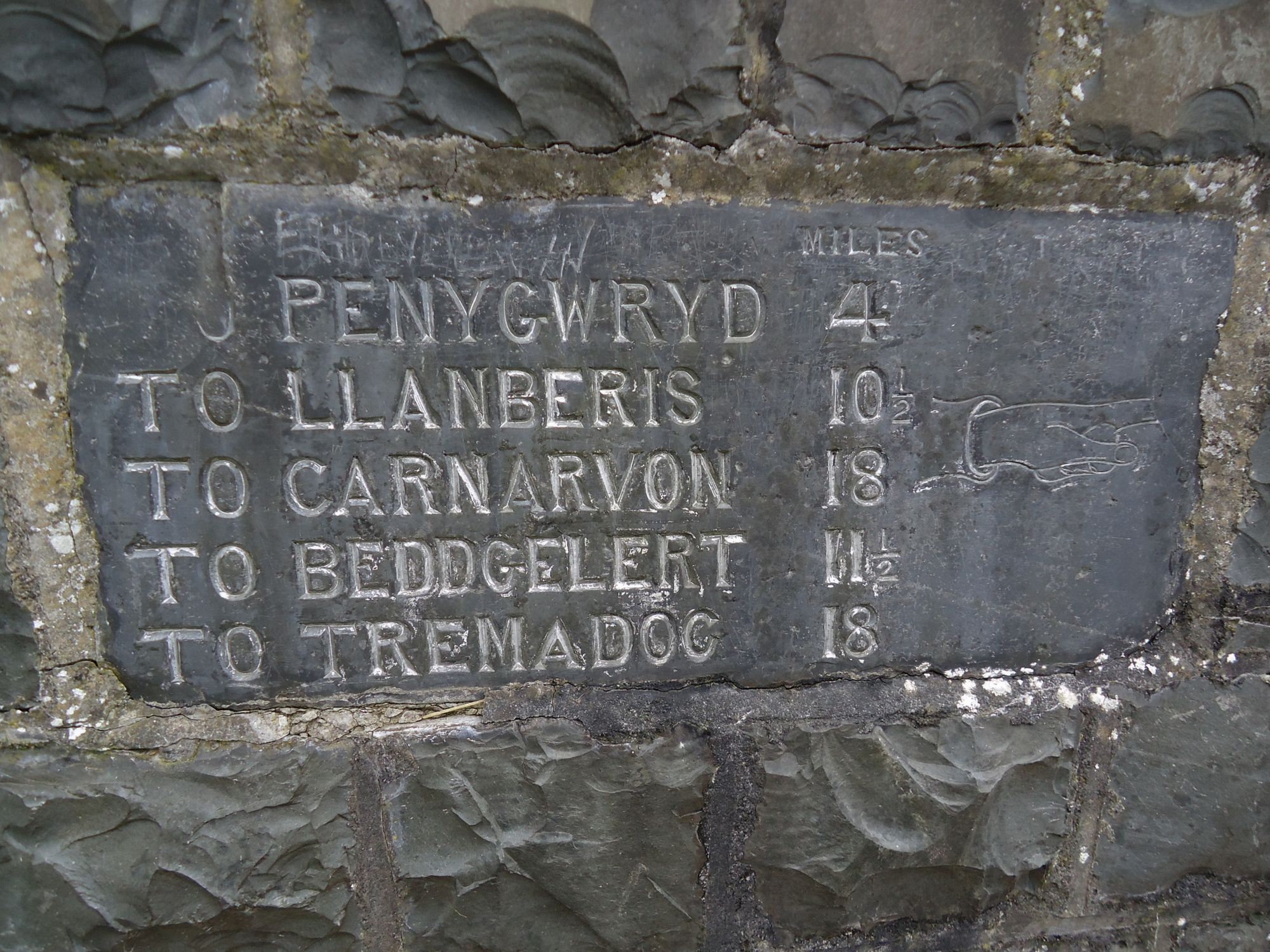
And the modern equivalent:
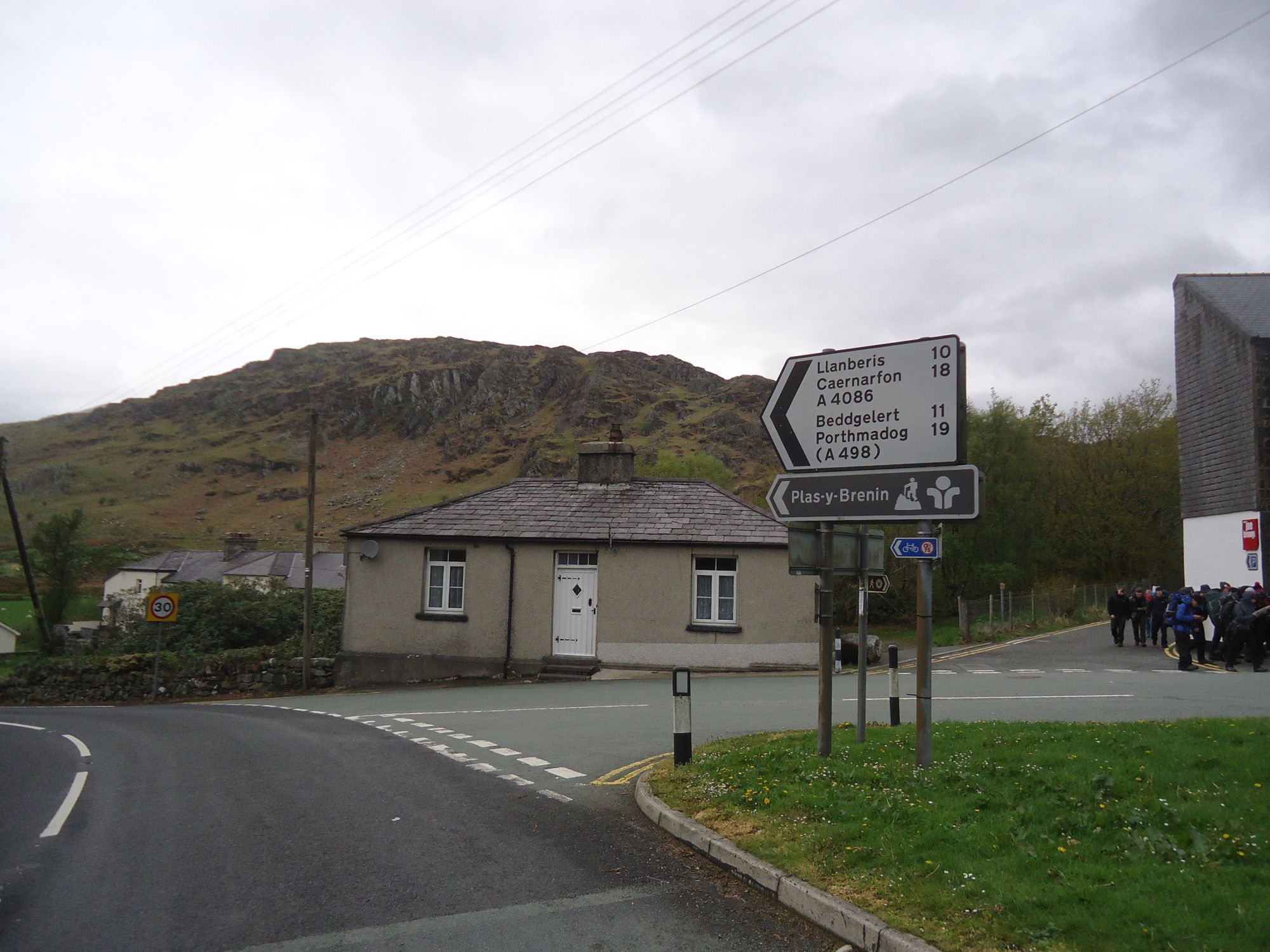
Betwys-y-Coed is a typical Welsh village--rock buildings, rock bridges, rock walls, surrounded by rock mountains. This is the hotel where the future Mt. Everest climbers stayed while training on Mt. Snowdon.
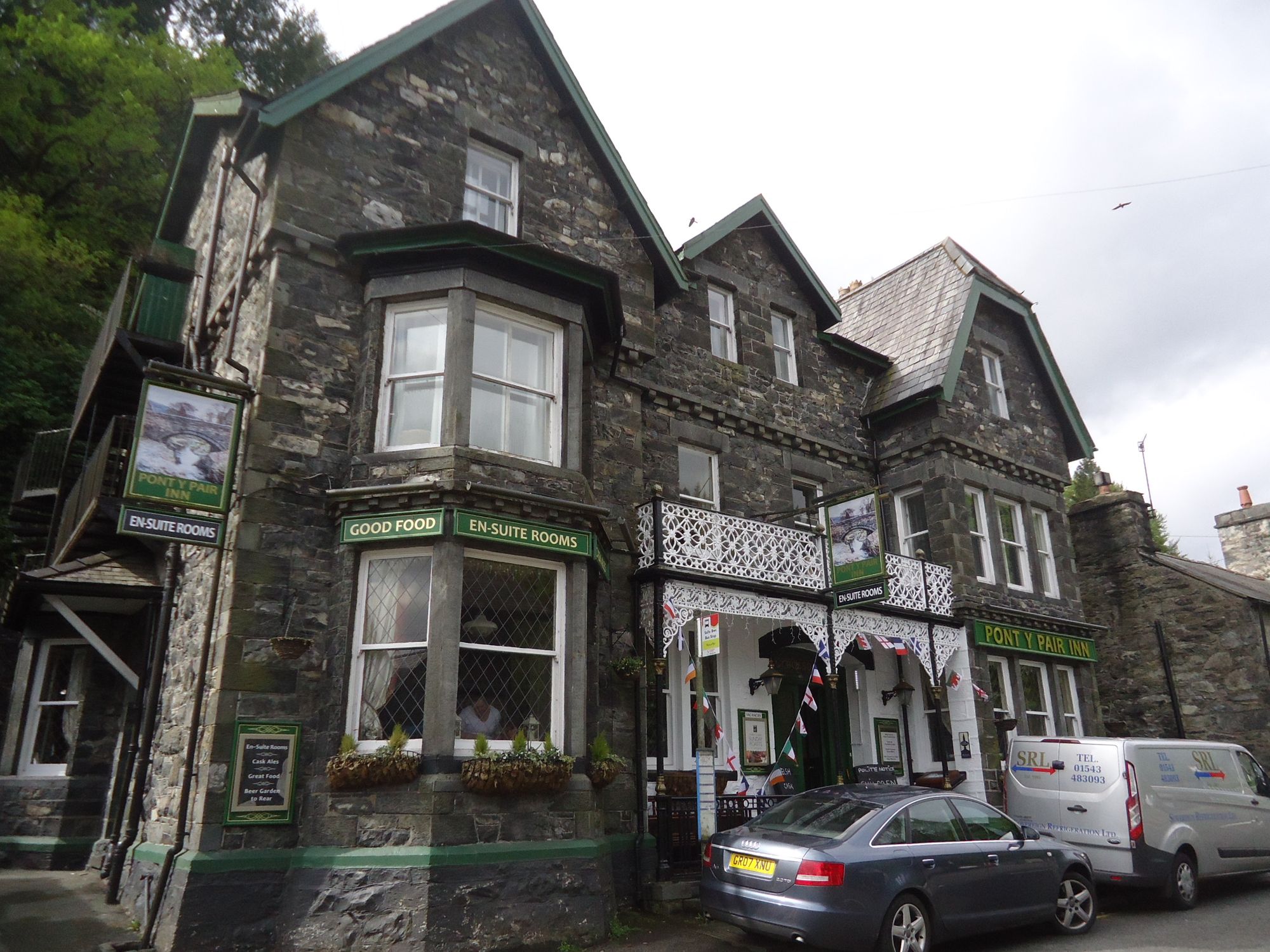
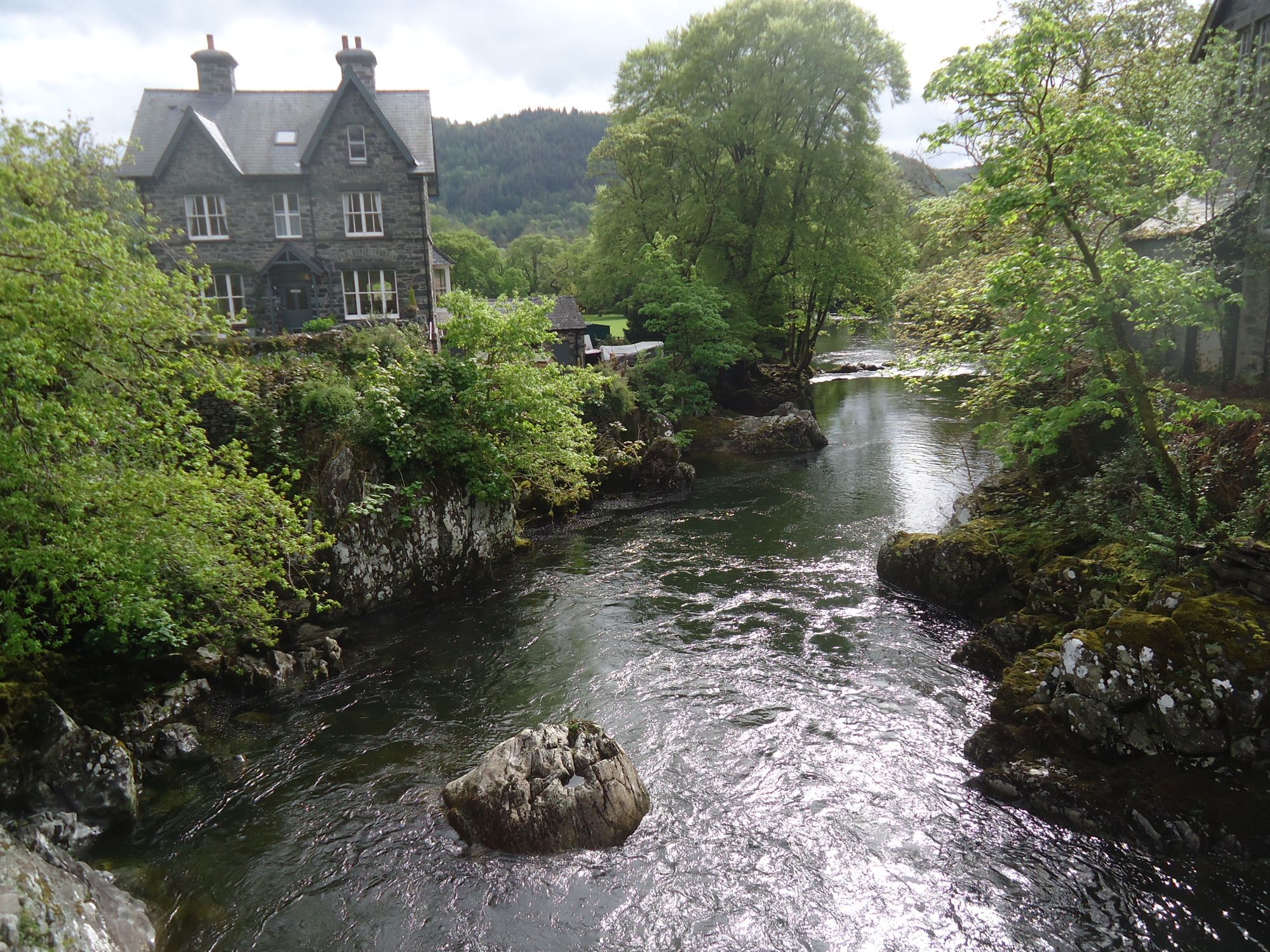
I skipped the slate mine museum and the copper museum and headed for Bodnant Gardens, a National Trust property. It is 100 acres of WOW.
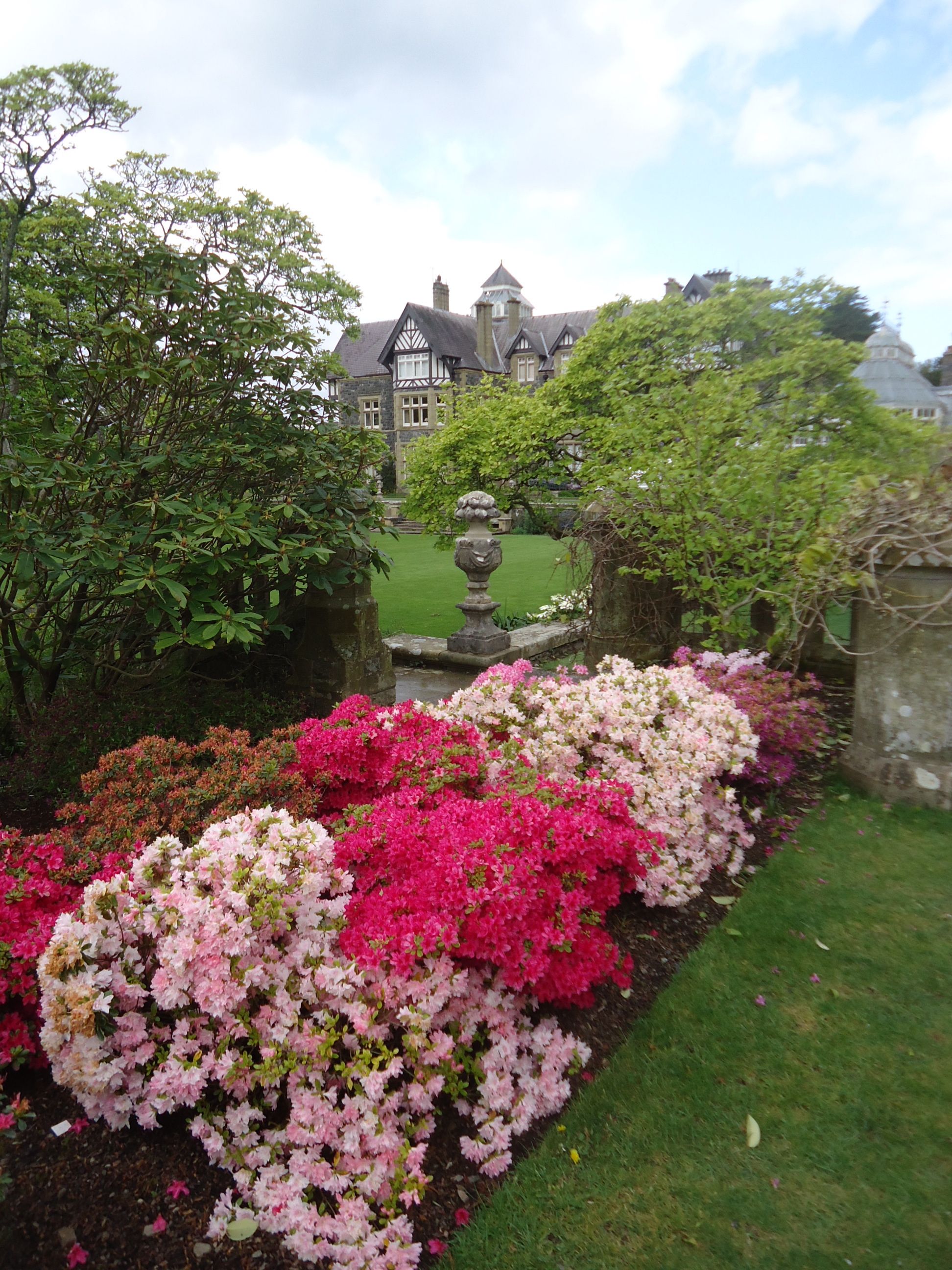
The house is still lived in by the descendants of the original owners and so is not open. However the gardens are.
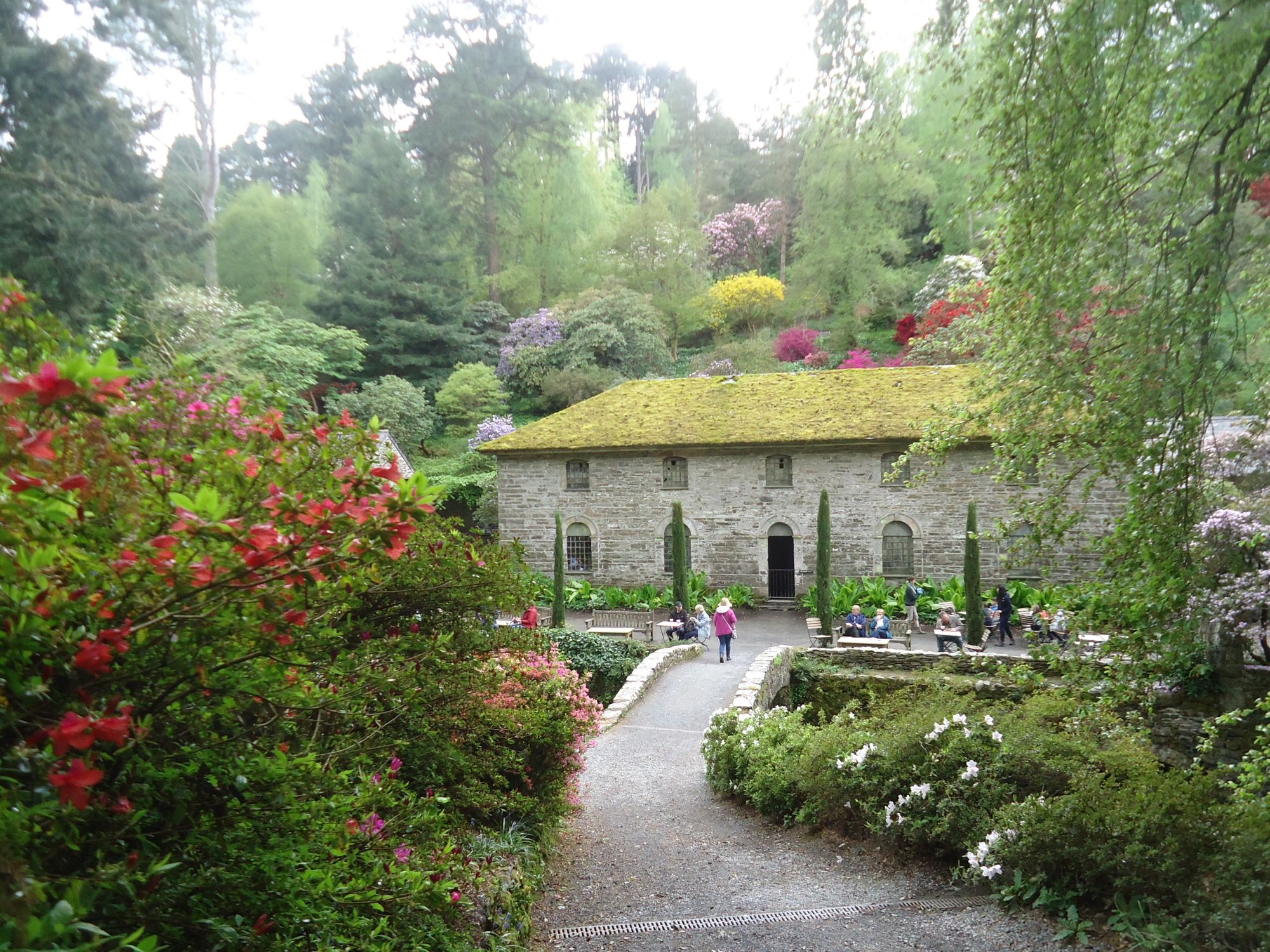
Four generations of this family created these gardens.
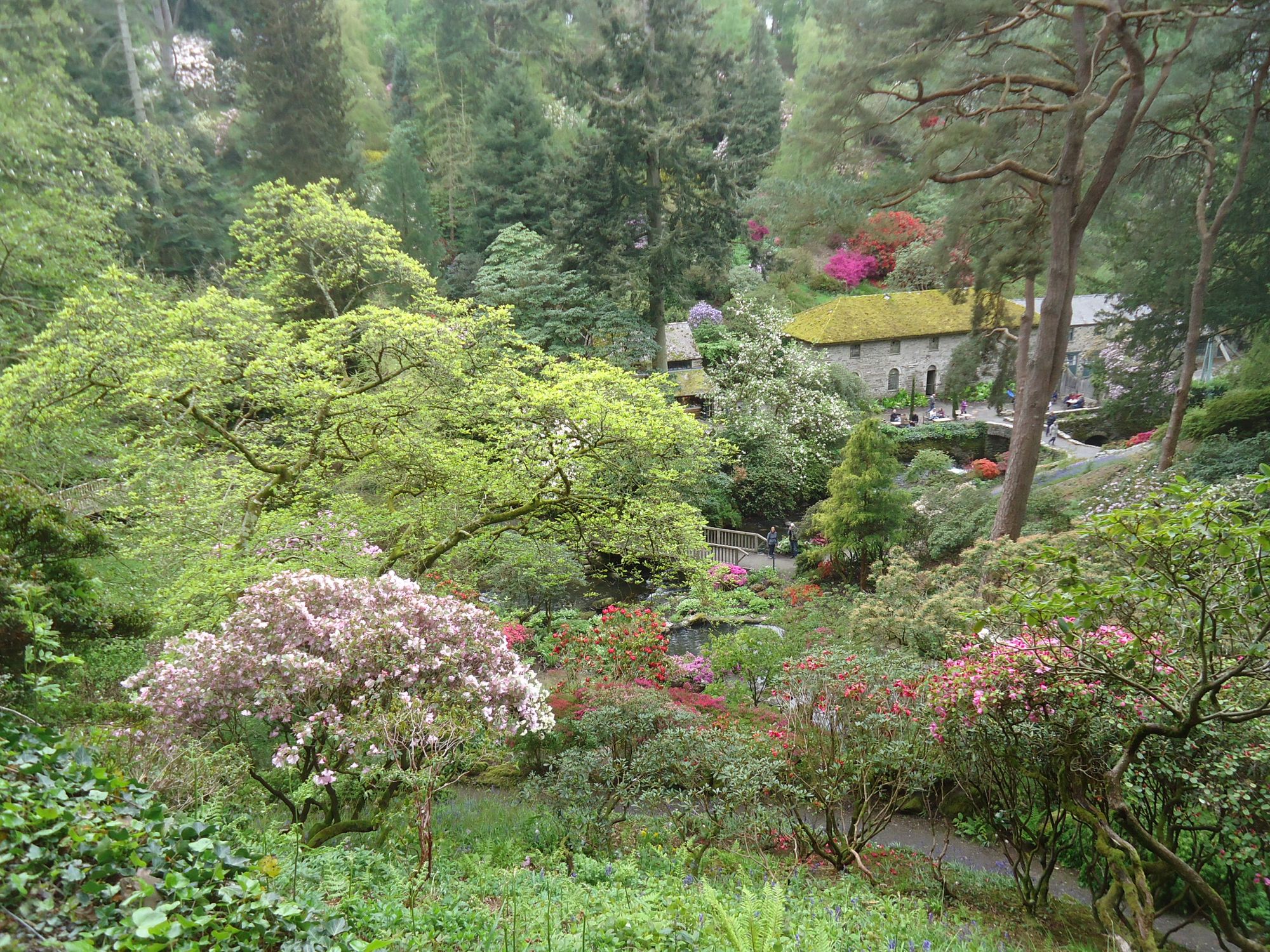
The two photos above are of the mill. I sat next to a stream there and enjoyed my lunch. The gardens reminded me a bit of a candy shop.
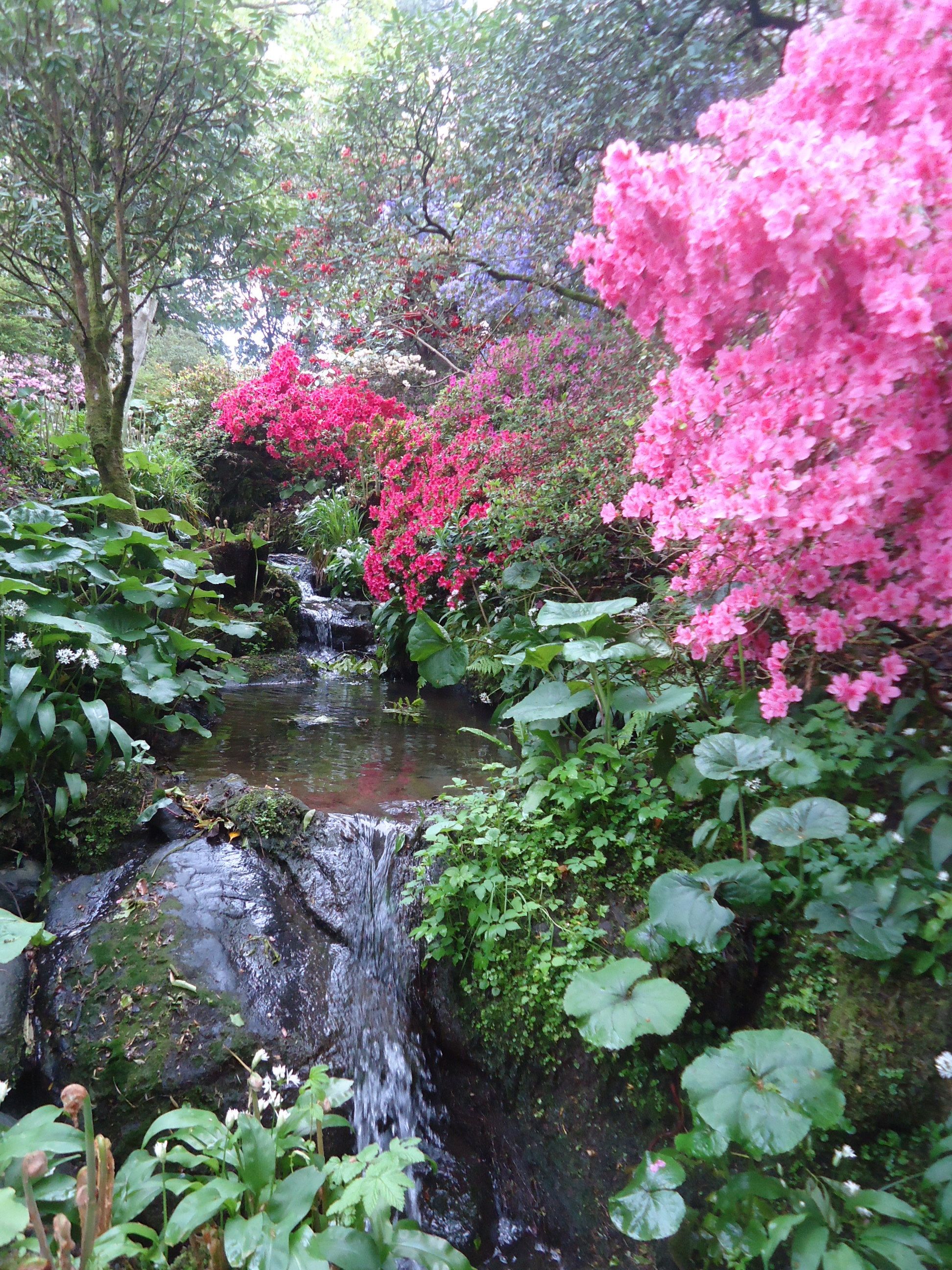
Or a fireworks display caught in freeze frame. Below a bluebell meadow.
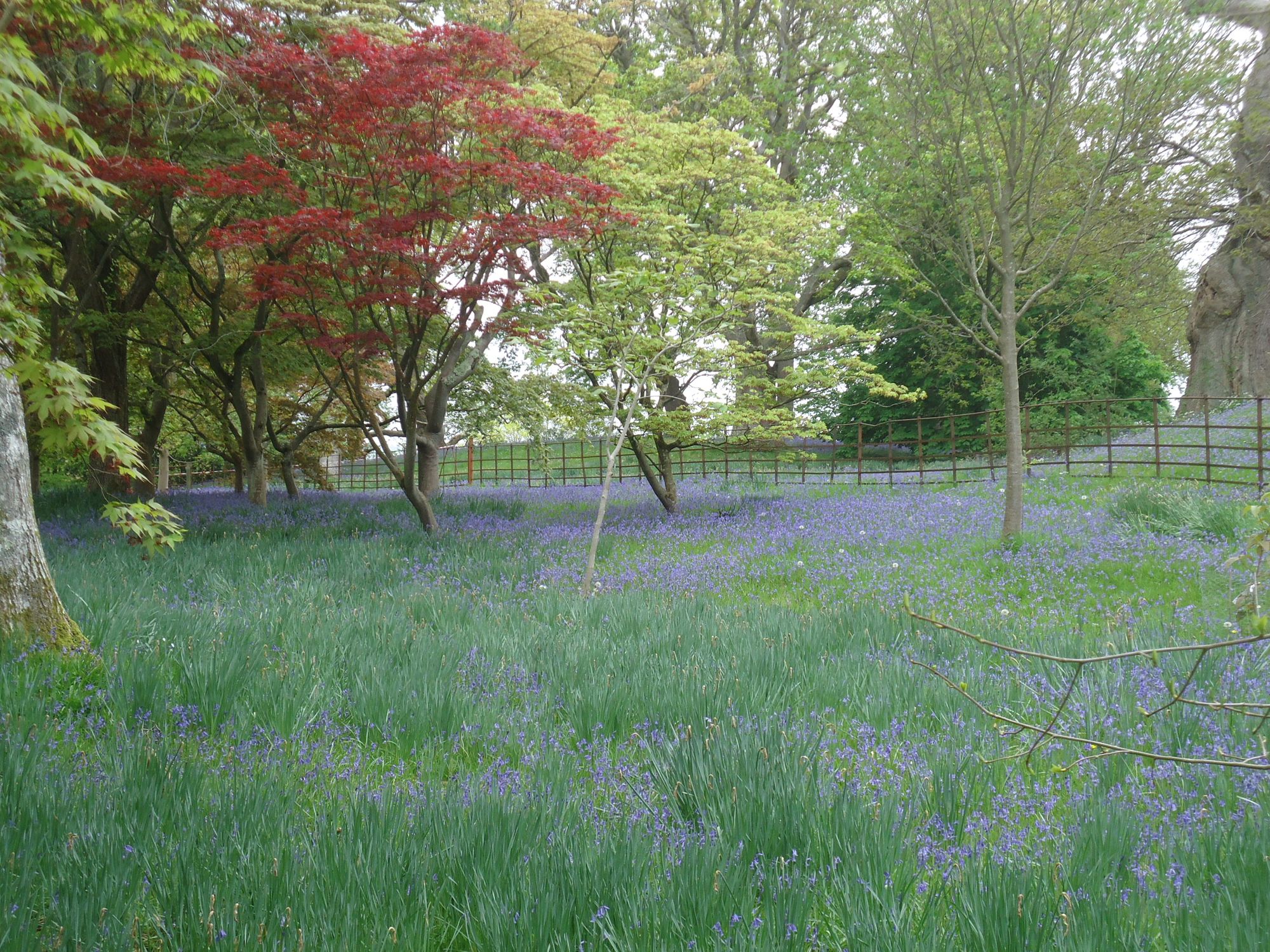
And the famous laburnum arch, which has only just begun blooming.

Next on to Pen Rhyn castle. It’s described as a neo Norman, Victorian castle. Basically it was a stately home built 1820-1840 and tarted up to look like the surrounding castles, which predate it by hundreds of years.
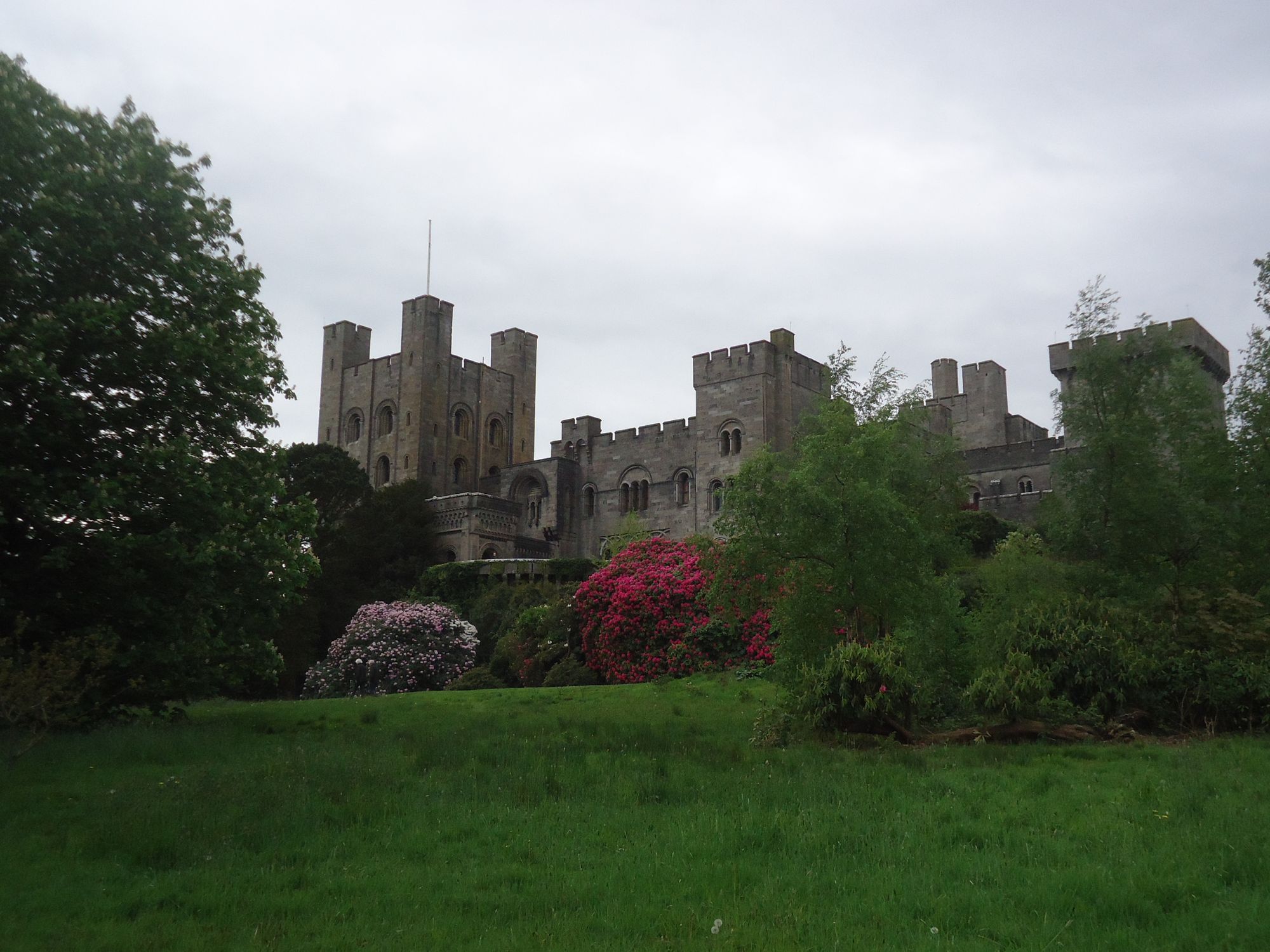
Like many National Trust properties formerly belonging to the wealthy, it is full of valuable art and kept very dark, so I didn’t take photos inside.
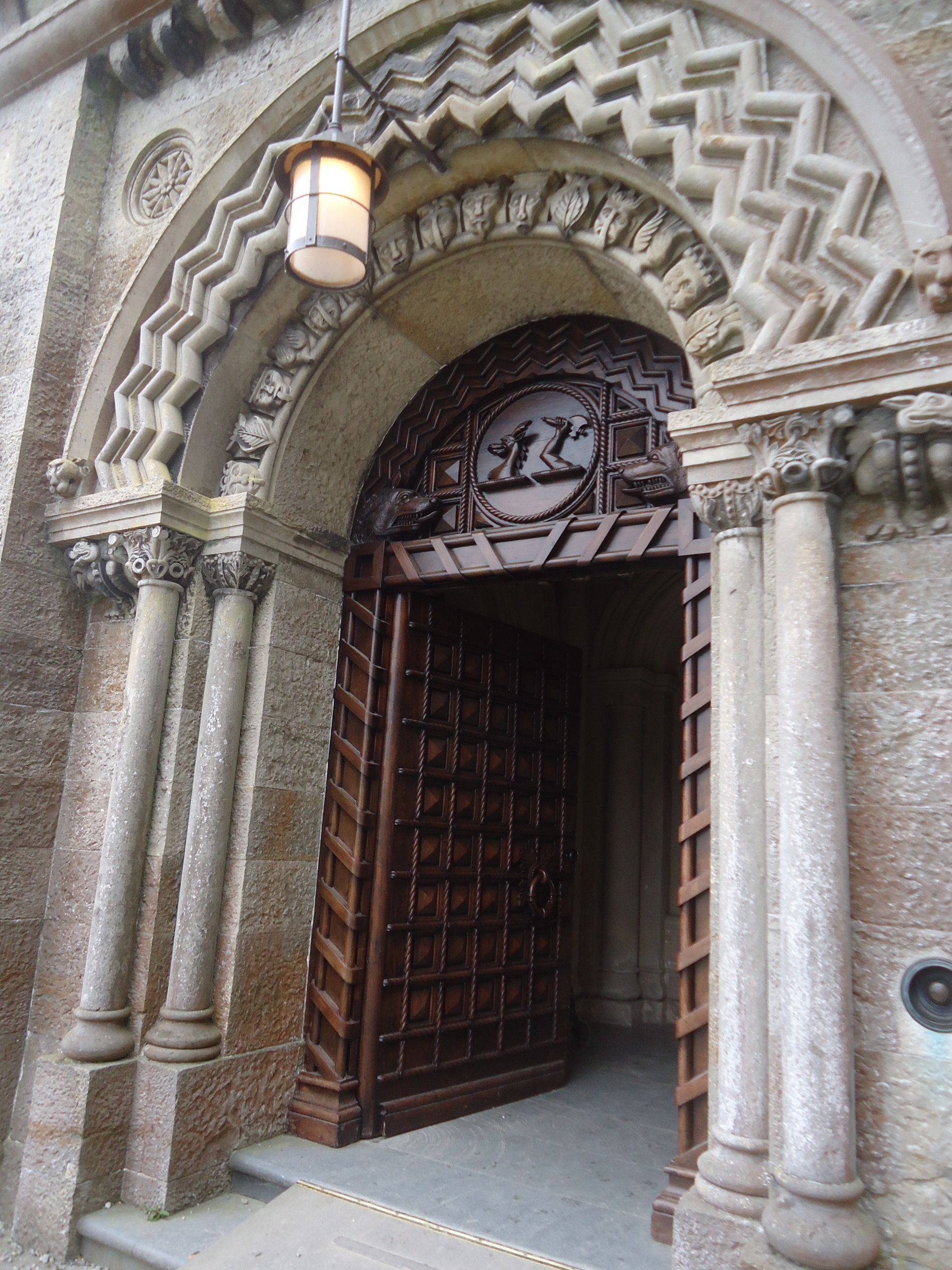
So the first Lord Pen Rhyn made his first fortune in Jamaican sugar plantations (750 to 950 slaves). He fought the abolition of slavery in the UK. He used those profits to buy what became the Bethesda slate works, from Wiki:
“At the end of the nineteenth century it was the world's largest slate quarry; the main pit is nearly 1 mile (1.6 km) long and 1,200 feet (370 metres) deep, and it was worked by nearly 3,000 quarrymen. It has since been superseded in size by slate quarries in China, Spain and the USA. Penrhyn is still Britain's largest slate quarry but its workforce is now nearer 200.”
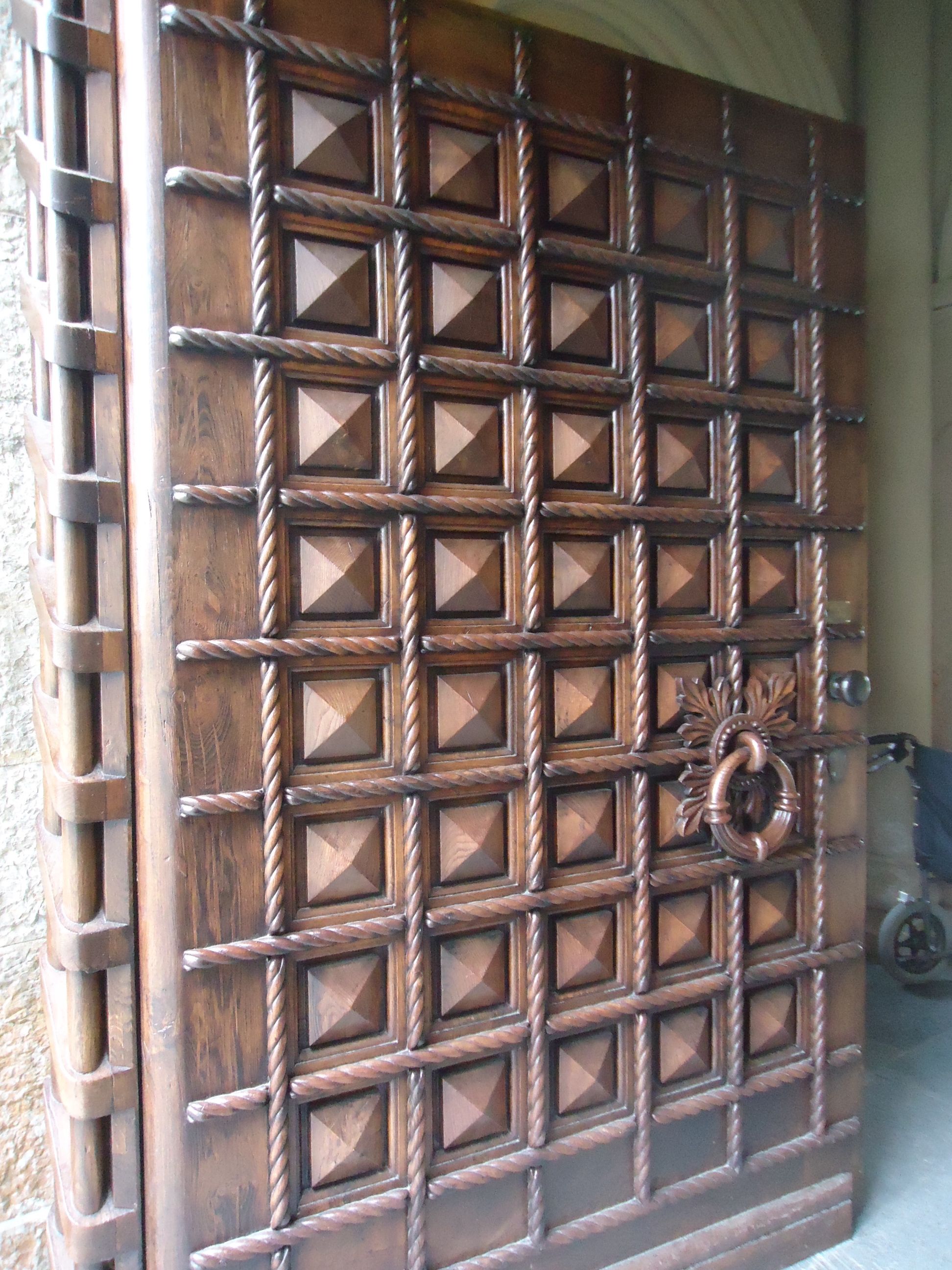
The quarry workers went on strike in 1900, not for more pay but only so pay would be shared evenly among the teams. Each team was paid based on the number of slates it produced. Some teams got poor sections of rock and others much more productive areas. The foreman controlled which teams worked which seams. Lord Pen Rhyn shut the mine down for three years rather than give in to the strikers. Three quarters of the workers emigrated. Those who remained went back on the same wage and worked in the same conditions.
Which were, of course, shocking. The men were lowered down by rope to the rock face where, using an iron pole with a screw on the end, they hammered a hole into the rock. Into said hole they put a fuse and lit it. They then swung themselves on the rope so they wouldn’t be near the (short) fuse when it went off. I can’t imagine the number of accidents, but is it really an accident when there’s a clear and present danger?
I ended my day having a lovely bowl of gnocchi in the shadow of Caernarfon Castle. The sauce was made with stilton, parmesan, cheddar and cream. And the gnocchi was hand made by an Italian woman. It was heavenly. From there to an Air BnB in the tiny town of Talysarn, which sits under massive tailings from slate quarries. Here is Caernarfon Castle.
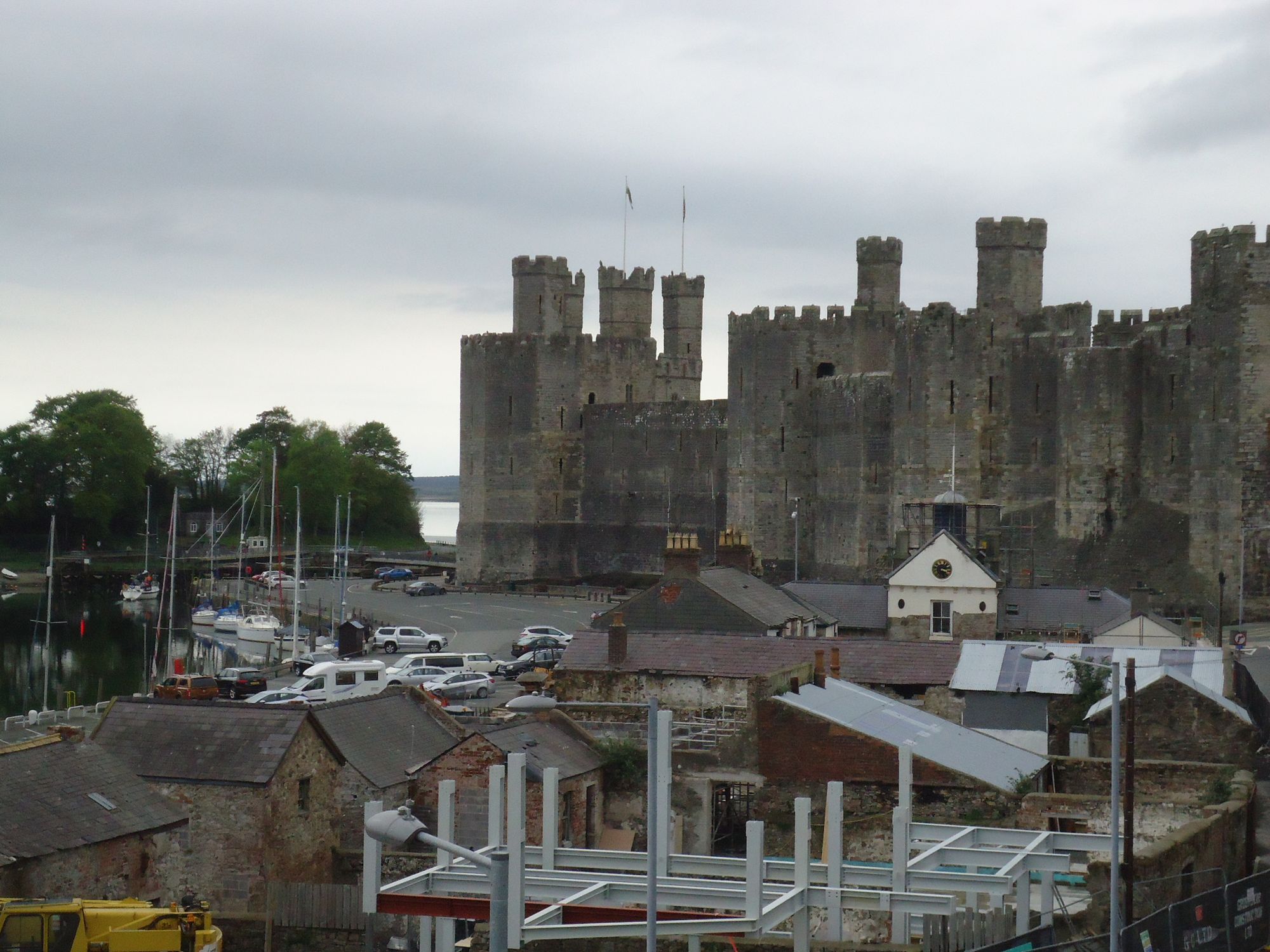
April 29